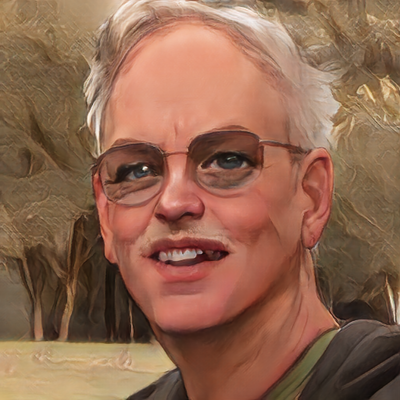- cross-posted to:
- photography@fedia.io
- cross-posted to:
- photography@fedia.io
Ruined Carfloat Tracks, Port Richmond, CA, 2011.
All the pixels, slightly structurally compromised, at https://www.flickr.com/photos/mattblaze/5485081030
#photography
Captured with a small mirrorless camera and 50mm lens on a lightweight tripod.
I normally prefer lower contrast, but the ruined industrial subject worked reasonably well with a high contrast approach here. This is mostly a study in lines and shapes.
Until 1984, the Santa Fe Railroad moved freight cars across the San Francisco Bay by barge. Railroad cars were decoupled from trains and loaded onto special “carfloat” barges, which were pulled across the bay by a small fleet of tug boats, to be re-attached to trains at the other end. The service ended when a fire destroyed the Point Richmond pier (the East Bay terminal for the operation), and that was that.
A handful of rail carfloat operations continue in the US, most notably in NY Harbor.
Rail carfloat services make economic sense only under a narrow set of circumstances, where there’s no natural place for a direct overland rail link, the alternative route is very long, and the volume of traffic is too low to justify building a bridge but too high to make it practical to unload and truck the freight by road. San Francisco Bay and NY Harbor are two examples. Crossing NY Harbor from the mainland by freight rail, for example, involves a 250 mile detour upstate and back.
@mattblaze@federate.social “rail float” being the same as “rail ferries” ? Before the chunnel there were rail ferries between France and England.
@ChuckMcManis@chaos.social “Carfloats” are barges with railroad tracks, propelled by pilot tugs.
@mattblaze@federate.social Neat, I hadn’t realized that they distinguish between the self powered ones (train ferry) and the unpowered ones (car float).
There was one being dismantled (apparently, couldn’t get a good look at it) at the Mare Island shipyard area. I wonder if they were just recovering the rails. I saw it when I went over to the Maker Faire hosted there last year.
@mattblaze@federate.social I think such a thing used to cross the south end of Chesapeake Bay. From Cape Charles to maybe where the marine corps base is now. The ramps for the rail head are immense. Tons of timber and gravel. I think the Bay Bridge-Tunnel made it superfluous.
@slott56@fosstodon.org Yes, though that carfloat service actually managed to hang on (with very light traffic) until, I believe, 2012! The tracks near Cape Charles have recently been removed.
@mattblaze@federate.social it was a magnificent pile of stuff. I need to see if I took pictures. It seemed like the kind of mess too huge to remove.
@mattblaze@federate.social What an interesting factoid



